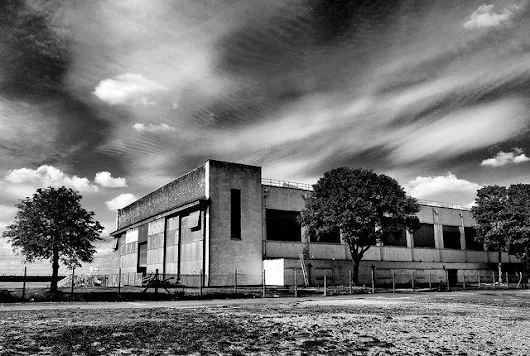PO telephone system in 1939 UK
"The outbreak of war on 3 September 1939 heralded six years of hugely increased activity and demand for the Post Office, placing great strain on its resources. An almost immediate effect was the sharp drop in available staff as over 73,000 men and women from the Post Office joined the armed forces within the first few weeks of the war - 15 per cent of the total staff. In some areas the loss was even more keenly felt; 25 per cent of Post Office engineers joined up in 1939, and a substantial percentage of Post Office technical research and telecommunications operating staff were absorbed into signals units of the Forces.
Some preparations prior to September 1939 had already been made when war seemed likely. Additional cables had been laid between important towns over different and alternative routes, particularly vulnerable sites had been by-passed, and old manual telephone exchanges when superseded by automatic exchanges were not dismantled, but held in reserve. In addition, public trunk lines were earmarked for future use of the Services, and these were promptly switched over in September 1939.
During the first six months of the war, before heavy German bombing started, the Post Office made use of the opportunity to complete the link up by telephone and telegraph of Home Defences, particularly Fighter and Anti-Aircraft Commands. By the time of the Battle of Britain, as the Headquarters of Fighter Command, at Bently Priory near Stanmore, Middlesex, was a communications centre in touch with all defence stations and information sources across the country via Post Office facilities. From here the Commander-in-Chief was able to observe the broad 'air picture' and co-ordinate his Fighter Groups. In addition to the vast telephone communications network provided by the Post Office for raid reporting, a complex teleprinter network was also installed. With the collapse of France and when invasion seemed a real possibility, new aerodromes, battery sites, searchlight centres and radar stations had to be set up - and all needed linking with telephone communications, again carried out by Post Office engineers.
Later in the war, as part of the preparations for the Normandy invasion, a new network of cables, switchboards, telephones and teleprinters had to be set up along England's south coast to control the D-Day build up. Once the invasion was under-way, new cross-channel cables were laid and by VE-Day the Post Office had made direct communication possible by telephone or teleprinter to all Allied Forces in North West Europe.
On the home front the Post Office had soon organised itself to meet the demands of the war. ARP services were set up in all departments, and a Home Guard Force of over 50,000 was raised to defend Post Office telegraph and telephone systems in the event of invasion. Other Post Office Defence Forces included medical staff, fire fighters and first aiders, all of whom were particularly called upon during the bombing raids of the early war years. During this time Post Office engineers battled to repair bomb damage to plant and cables, yet were still able to open the additional military channels of communication described above.
The contribution of the Post Office, particularly on the telecommunications side, was significant enough to earn the praise of General Eisenhower, Supreme Commander of Allied Forces in Europe. Although under great strain, the Post Office met the challenges demanded of it, largely through the efforts and sacrifices of its staff. Of the 73,000 men and women who left the Post Office to join up, 3,800 gave their lives. On the Home Front, a further 413 Post Office employees died whilst carrying out their responsibilities.
'Two frequency' (2 VF) inland trunk signalling and dialling was introduced. This beginning of trunk mechanisation allowed operators to dial distant subscribers [directly] without the assistance of a second operator.
The first mobile Unit Automatic Exchange was put into service.
International telephone services were suspended on 30 August (with a few exceptions) and not restored until 23 June 1945 with the reopening of the service to the USA, Canada, and Kenya."
http://www.britishtelephones.com/histuk.htm
Telephonist Jane Cain wins the competition to become the voice of the Speaking Clock in 1935.
New Scotland Yard introduce the 999 telephone number (1937)
"The original New Scotland Yard opened its first information room in 1934 with the infamous telephone number Whitehall 1212. By 1937 they decided a new emergency number 999 should be introduced, the first such emergency number in the world. Wireless cars followed and sirens were fitted to police vehicle, the original blues and twos."
New Scotland Yard introduce the 999 telephone number (1937) > .


